Search Images
Browse Content (p. 1650)
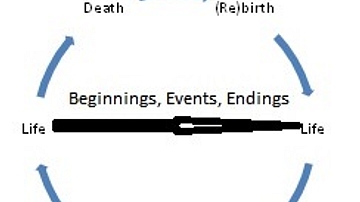
Image
Posited Cyclicality of Life for an Ancient Egyptian
Figure 1: Regenerating nature of life, with the teleological ‘arrow’ of existence pointing forward.
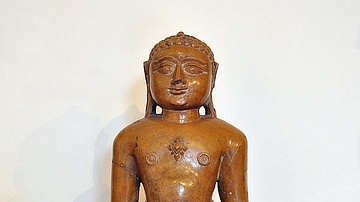
Image
Vardhamana
Statue of Vardhamana Mahavira dating of 1470 CE: Gujarat, India. Royal Museums of Art and History (MRAH, Jubilee Park, Brussels, Belgium).
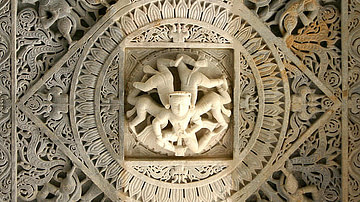
Image
Jain art
Marble carving in a Jain temple complex located in Ranakpur, Rajasthan, India.
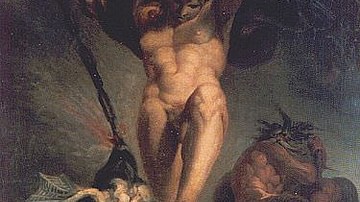
Image
Thor Fighting Jörmungandr
Thor fighting the mighty giant serpent Jörmungandr during a fishing trip with Hymir the giant. Painting by Henry Fuseli, 1788.
Royal Academy of Arts, London.

Image
Ganesha Statue
A representation of Ganesha, one of the most important gods in the Hindu pantheon. He is considered to be the patron of intellectuals, travellers, commerce and new projects. In his hands he often holds a bag of sweets and either an axe or...

Image
Shiva Nataraja (Lord of the Dance)
Here the Hindu god Shiva is depicted as the Lord of the Dance or Nataraja and is represented in his triple role as Creator, Preserver and Destroyer. He stands within a flaming halo representing Time, which is cyclical and has no end. He has...
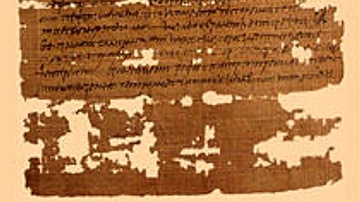
Image
Babatha Scroll
A scroll written by Babatha, a Jewish woman living in the 2nd century CE and found in the Cave of Letters, Israel, in 1960-1 CE. The document here refers to a date orchard.
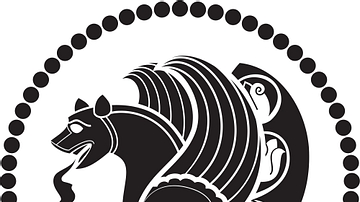
Image
Senmurv
Simorgh or Senmurv, the Sassanian Royal Symbol and the Mythology of Persia.
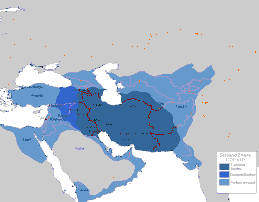
Image
Territorial Expansion of the Sasanian Empire
This map shows the territorial expansion of the Sasanian Empire from 226 to 651 CE.

Image
Statue of Kosrau I in Tehran courthouse
Statue of Kosrau I (r. 531-579 CE), a Sassanian king who was known to be a great patron of philosophy and knowledge.